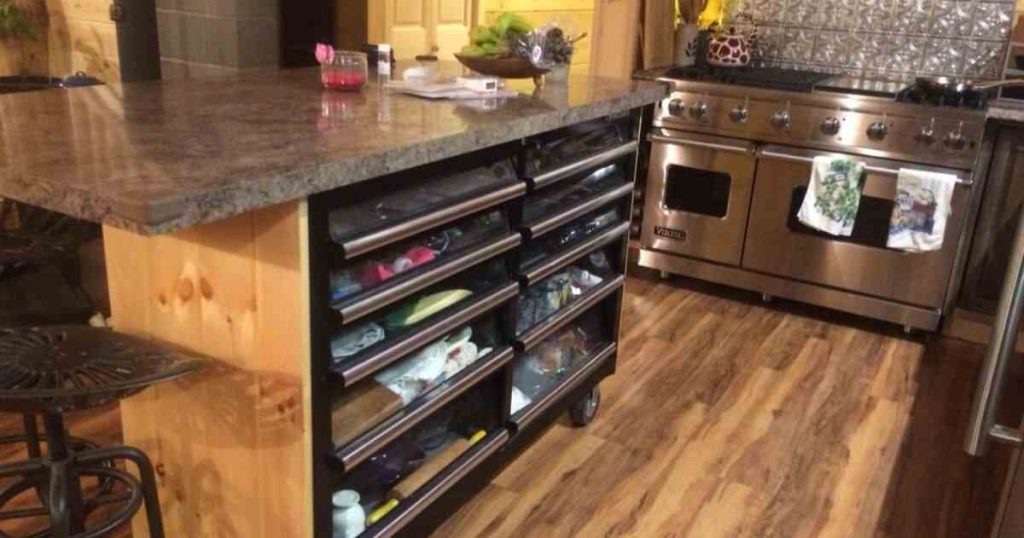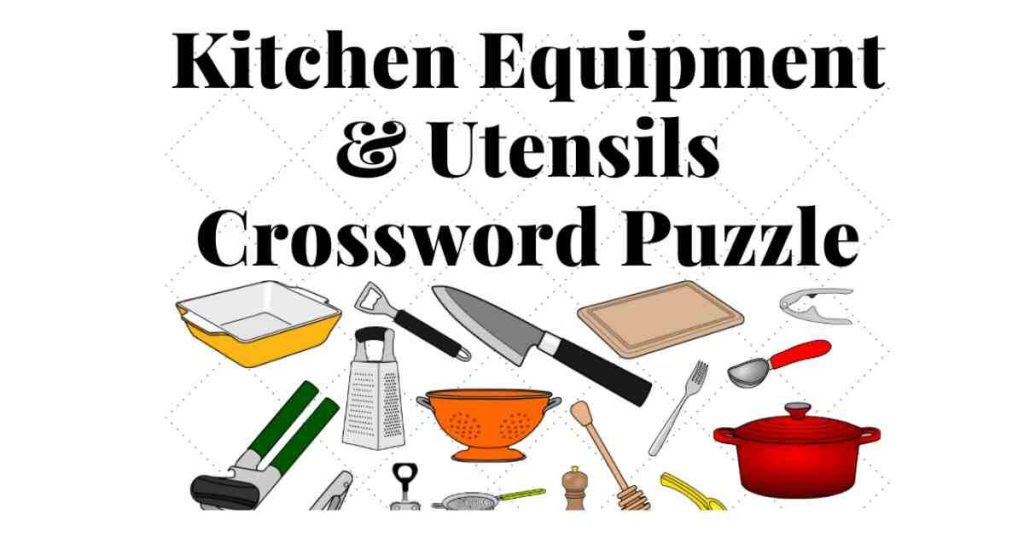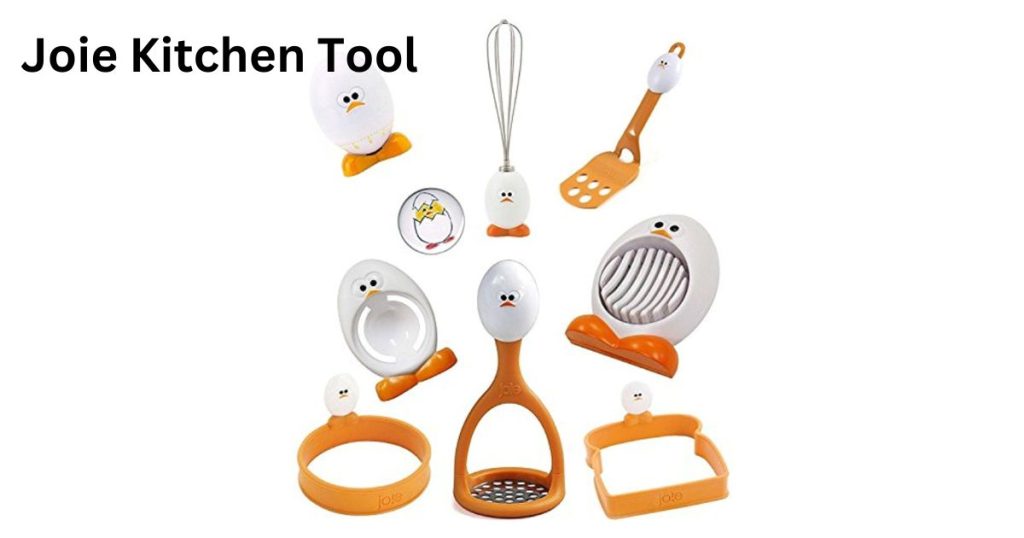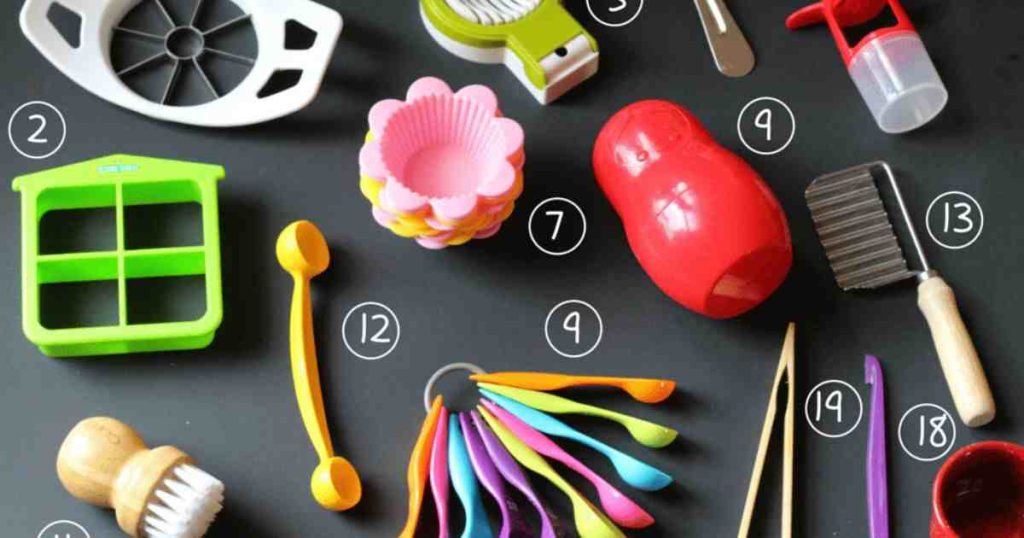The essential tools for kitchen cabinet installation include a measuring tape, level, screwdriver, drill, and clamps. These tools ensure precise measurements, secure installations, and a professional-looking finish for your kitchen cabinets.
Table of Contents
Properly measuring and leveling your cabinets is crucial for a seamless installation, while using a screwdriver, drill, and clamps allows for secure attachment and stability. Investing in these tools will make your kitchen cabinet installation process more efficient and ensure long-lasting results.
Planning And Measuring Tools
These efficient planning and measuring tools are essential for a smooth kitchen cabinet installation process. With precise measurements and accurate planning, these tools ensure a seamless and professional result.
When it comes to installing kitchen cabinets, having the right tools is essential to ensure proper placement and alignment. This section will focus on planning and measuring tools that will facilitate the installation process. From precise measurements to locating studs, these tools play a crucial role in achieving a professionally installed kitchen cabinet.
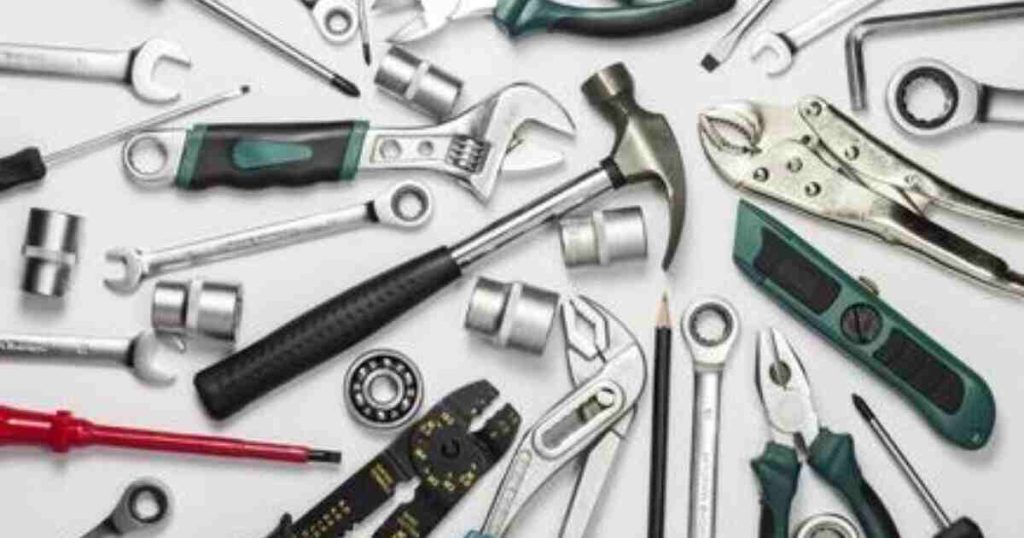
Tape Measures
A tape measure is an indispensable tool when it comes to kitchen cabinet installation. Here’s why:
- Accurate measurements: Tape measures allow you to measure the dimensions of your kitchen space, ensuring that your cabinets fit perfectly.
- Flexibility: With various tape measure lengths available, you can accurately measure both small and large areas.
- Easy-to-read markings: The markings on a tape measure are clear and distinct, enabling precise measurement readings.
- Lock feature: Many tape measures come with a lock feature that holds the tape in place, making it easier to record measurements.
Laser Level
A laser level is an advanced tool that simplifies the process of aligning kitchen cabinets. Consider the following benefits:
- Precise leveling: Laser levels emit a straight, horizontal laser line, providing an accurate reference point for aligning cabinets perfectly.
- Hands-free operation: Laser levels can be mounted on a tripod or attached to a wall, allowing you to work hands-free while setting up your cabinets.
- Greater visibility: Laser levels produce bright, highly visible laser lines, making it easier to ensure cabinets are level from various angles.
- Time-saving: With a laser level, you can align cabinets quickly and efficiently, saving valuable time during installation.

Stud Finder
Locating studs in your kitchen walls is crucial for secure cabinet installation. Here’s why a stud finder is essential:
- Increased stability: Attaching kitchen cabinets to studs ensures they are securely anchored to the wall, preventing instability or accidents.
- Efficiency: By finding the studs accurately, you can avoid unnecessary drilling and potential wall damage.
- Multiple scan modes: Some stud finders have different scanning modes, such as metal or live wire detection, enhancing their versatility for various installation scenarios.
- Visual indicators: Stud finders often have visual indicators, such as lights or digital displays, that notify you when a stud has been detected, making the process hassle-free.
By employing these planning and measuring tools—tape measures, laser levels, and stud finders—you can simplify the installation process, achieve precise measurements, and ensure the cabinets are properly aligned and securely anchored. These tools not only save time but also contribute to a professional-looking kitchen cabinet installation.
Cutting And Assembly Tools
Discover the perfect tools for installing kitchen cabinets with our cutting and assembly tools. Effortlessly achieve a professional finish with these must-have kitchen cabinet installation tools.
Kitchen Cabinet Installation Tools: Cutting And Assembly Tools
When it comes to kitchen cabinet installation, having the right cutting and assembly tools is crucial for a smooth and efficient process. From making precise cuts to securely joining pieces together, these tools are essential for achieving professional results. In this section, we will discuss three must-have tools for cutting and assembling kitchen cabinets: the circular saw, table saw, and drill and driver set.
Circular Saw:
- A circular saw is a versatile power tool that can be used for various cutting tasks in cabinet installation.
- It is perfect for making straight cuts on plywood sheets, which are commonly used for kitchen cabinet construction.
- The circular saw’s adjustable depth and bevel settings allow for accurate and clean cuts, ensuring a snug fit for the cabinet components.
- Using a guide or a straightedge can enhance the precision and minimize the risk of errors.
- With its portability and ease of use, the circular saw is a convenient tool for on-site installations.
Table Saw:
- A table saw is indispensable when it comes to cutting larger pieces of lumber and creating precise joints for cabinet assembly.
- It provides stability and accuracy, making it ideal for cutting solid wood components, such as cabinet frames and doors.
- The table saw’s ability to make rip cuts and crosscuts with precision ensures consistent sizes and angles for a seamless cabinet installation.
- Additional accessories, such as dado blades and miter gauges, can expand the table saw’s versatility in creating different joinery techniques.
Drill And Driver Set:
- A drill and driver set is essential for attaching cabinet components, such as hinges, handles, and brackets.
- Cordless drills are recommended for their portability and convenience, allowing freedom of movement during installation.
- The drill’s variable speed settings enable control while driving screws into various materials, ensuring a secure fit.
- A range of drill bits and screwdriver attachments should be included in the set to accommodate different sizes and types of fasteners.
- Investing in a high-quality drill and driver set will save time and effort during the installation process.
Clamps:
- Clamps are indispensable tools for creating strong and tight joints during cabinet assembly.
- They help hold pieces together firmly until secure fastening methods, such as screws or glue, are applied.
- Different types of clamps, such as bar clamps, pipe clamps, and spring clamps, offer versatility depending on the application.
- Clamps ensure that cabinet components are aligned correctly, minimizing gaps and unevenness in the final installation.
- Utilizing the appropriate clamping techniques will result in stable and durable kitchen cabinets.
By equipping yourself with these cutting and assembly tools – the circular saw, table saw, drill and driver set, and clamps – you will be well-prepared to tackle any kitchen cabinet installation project. Their precision, versatility, and reliability contribute to achieving professional-looking results with ease.
Installation And Finishing Tools
Discover a range of top-quality kitchen cabinet installation tools for seamless and professional results. These precision tools make the installation and finishing process a breeze, ensuring the perfect fit and impeccable craftsmanship for your kitchen cabinets.
Kitchen cabinet installation tools:
Screwdriver Set
- A screwdriver set is an essential tool for installing kitchen cabinets. It allows for easy tightening and loosening of screws during the installation process.
- The set typically includes a variety of screwdriver heads, such as phillips and flathead, to accommodate different types of screws.
- With a screwdriver set, you’ll have the flexibility to handle various screw sizes and types, ensuring a secure and sturdy cabinet installation.
Cabinet Jack
- A cabinet jack is an invaluable tool when it comes to installing upper cabinets. It helps support the weight of the cabinets, making the installation process safer and more manageable.
- This tool is adjustable in height and provides stability and leveling assistance while you work.
- By using a cabinet jack, you can ensure that the cabinets are installed at the correct height and aligned properly, resulting in a professional-looking finish.
Cabinet Hardware Jig
- A cabinet hardware jig is a handy tool for precise and efficient placement of cabinet hardware such as knobs and pulls.
- This jig helps you create consistent and even hole placements, ensuring that all your cabinet hardware is aligned perfectly.
- With a cabinet hardware jig, you can easily achieve a professional and uniform appearance for your cabinet handles.
Wood Filler And Putty Knife
- Wood filler and a putty knife are must-have tools for the finishing touches of cabinet installation.
- Wood filler helps fill in any gaps, cracks, or imperfections in the cabinets or mounting surfaces, ensuring a smooth and seamless look.
- Using a putty knife, you can apply the wood filler with precision and remove any excess for a clean and seamless finish.
Remember, having the right installation and finishing tools is essential for a successful kitchen cabinet installation project. Invest in quality tools to achieve a professional-looking result effortlessly.
Frequently Asked Questions For Kitchen Cabinet Installation Tools
What Tools Are Needed To Install Kitchen Cabinets?
The tools needed to install kitchen cabinets are a power drill, screwdriver, measuring tape, level, stud finder, pencil, and a hammer. Additionally, you will need screws, mounting brackets, shims, and a wrench. The power drill and screwdriver will be used to attach the cabinets to the wall and secure them in place.
The measuring tape and level will help ensure proper alignment and placement. The stud finder will locate the wall studs for extra support. The pencil is used for marking measurements and guidelines. The hammer is needed for any nails or small adjustments.
Finally, the screws, mounting brackets, shims, and wrench are necessary for attaching the cabinets together and adjusting their position if needed.
What Do You Need To Install Wall Cabinets?
To install wall cabinets, you’ll need a few essential tools and materials. First, gather a power drill, screwdriver, measuring tape, and a level. You’ll also need wall anchors or toggle bolts, screws, and a stud finder. Make sure to choose a suitable mounting location, ideally on a sturdy wall stud.
Use the stud finder to locate the stud and mark its position. Measure and mark the desired height of the cabinet on the wall. Next, align the cabinet with the marked height, ensuring it is level. Drill pilot holes through the back of the cabinet and into the wall stud.
Attach the cabinet using screws and secure it firmly in place. Repeat the process for additional cabinets, leaving sufficient space between them. Finally, check the level and make any necessary adjustments. Voila! Your wall cabinets are successfully installed.
What Hardware Do I Need To Hang Cabinets?
To hang cabinets, you will need the following hardware: a level, stud finder, measuring tape, pencil, drill, screws, wall anchors, and a screwdriver. The level will ensure that the cabinets are straight and aligned correctly. The stud finder helps locate the studs in the wall for secure installation.
Use a measuring tape to mark the exact placement before drilling. A pencil is useful for marking the holes and lines. The drill is necessary to create holes in the wall and cabinets for the screws. Using the appropriate screw size and wall anchors will provide sturdy support for the cabinets.
Finally, a screwdriver is required to tighten the screws and complete the installation.
What Holds Kitchen Cabinets To The Wall?
Kitchen cabinets are held to the wall using a combination of screws and brackets. Screws are typically inserted through the back of the cabinet and into the wall studs to provide secure support. Brackets, also known as cleats, are often used for additional stability.
These metal or wooden brackets are attached to both the cabinet and the wall, ensuring that the cabinet remains securely in place. It is essential to use proper mounting hardware and ensure that the cabinets are attached to sturdy structural elements, such as wall studs, to prevent accidents or damage.
By following these steps, you can ensure that your kitchen cabinets are securely fastened to the wall, providing a reliable and functional storage solution in your kitchen.
Conclusion
Installing kitchen cabinets can be a daunting task, but with the right tools, it becomes much easier and efficient. From the essential tools like measuring tape, level, and screwdrivers, to the more specialized ones like a cabinet support brace and a hole saw, having a well-equipped toolbox is crucial.
These tools ensure accuracy in measurements, proper alignment, and secure installation, resulting in a professional-looking finished product. Moreover, investing in high-quality tools not only saves time and effort but also guarantees a durable and long-lasting cabinet installation. Whether you are a diy enthusiast or a professional contractor, having the right tools at hand is essential for a successful kitchen cabinet installation.
So, take the time to equip yourself with the necessary tools and enjoy the satisfaction of a beautifully installed kitchen cabinet that will impress for years to come.

